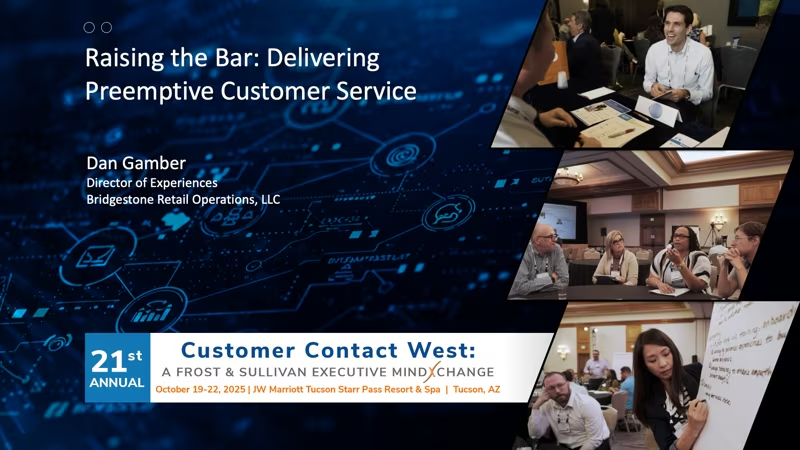Earlier this year I was traveling to Great Falls, Montana on business. My travel began at 5 am on Sunday and included a 3-hour layover in Seattle, WA. A few minutes before my plane was scheduled to board, I closed my laptop and prepared to board. Suddenly, I heard “We are now boarding Group A for Awesome,” followed by Group B for beautiful and Group C for Charming. As I watched the passengers line up at the gate, they were smiling, chatting, and laughing. I found myself wishing I was boarding at that gate. My anxiety about my next flight had suddenly disappeared and I was excited to begin my travels.
As I heard, “Group D for Great Falls, Montana” I wanted to stay just a bit longer to hear the rest of the alphabet. Would D stand for dapper and E for Elegant? I found myself wondering what inspired the airline employee to create this unique strategy for calling passengers to the gate. What was her airline doing differently?
The Internet is filled with legendary customer experience stories that begin with a customer service professional going the extra mile. Search for Disney and you will discover a cast of characters that connect with their guests emotionally and deliver value far greater than the amount of money paid for admission. A group of staff members at the Ritz Carlton provided Joshie the giraffe for an experience of a lifetime. A Zappos call center agent spent 10 hours and 43 minutes on the phone with a customer because it was the right thing to do.
What are these companies doing differently? Memorable customer experiences begin with a customer service vision. The research in Jeff Toister’s book The Service Culture Handbook, revealed that almost every customer focused company has one. Yet, customer obsessed companies have discovered a vision is not enough. They also ask, “How do the overall capabilities of our staff support the customer experience our company wants to provide?” How do we this?
Three Strategies to Train the Vision in New Hire Training
Create a positive learning environment. If people are anxious, uncomfortable, or fearful, they do not learn” (Perry, 2006, p. 26). Begin by greeting them at the door every day, smile, shake their hand and welcome them back. This simple technique will decrease anxiety, create a sense of comfort, and reduce fear. Create a beautiful, warm and inviting environment using bright colors on the walls, comfortable chairs, and create a sense of belonging with company swag.
Connect them to the awesomeness of your product or service. How does your product or service change the lives of your customers? Begin there. When employees understand the impact of the product or service they support and are aligned with the customer service vision, magic happens.
Imagine a group of support professionals being introduced to the product they are going to support, and they discover it is a water bottle. They will be handling shipping mishaps, credit card challenges, and other miscellaneous issues. It is easy to imagine how difficult it might be to offer inspired service day after day.
Now, imagine introducing the water bottle as a solution to the over production of plastic water bottles. But wait! There is more. What if a percentage of the profits were used to solve the water shortage in third world countries? Now, that is a mission most support professionals can get excited about. Find the magic in your product or service and share it on day one, hour one, of new hire training.
Provide scenarios to the agents throughout training. Skip the role play and create robust scenarios. Introduce the customer service vision as soon as possible, and offer the opportunity to practice implementing the vision through scenario-based learning.
Throughout new hire training, revisit the customer service vision as often as possible. For example, when you introduce the CRM tool, discuss how their use of it impacts their ability to align with the customer service vision. Effective use of CRM offers the employee the opportunity to review notes from previous contacts, gain an understanding of how the customer is using the product or service, and leverage geographic information that can help them to create an emotional connection with the customer.
Conclusion
A memorable customer experience begins with a clear and well-articulated customer service vision. Customer obsessed companies understand a vision is not enough. A strong vision supported by robust new hire training, including a clear connection between skills and vision, will help ensure memorable experiences for your customers.
Sheri Kendall has been working with organizations for over 15 years, supporting them in designing and delivering learning programs that have true impact for learners and the organization. Sheri began her career at Goodwill Industries as an Employment Specialist, responsible for inspiring ex-felons to reconnect with their talents and discover a career. This experience inspired her to complete her undergrad degree in Business Administration at Northwest Christian University obtain a graduate degree in Training and Development from Roosevelt University.
She is equal parts facilitator, instructional designer, coach, and consultant. She has held positions in learning and development at non-profit organization, institutions of higher education, government agencies, healthcare, and contact centers.
In her current role as Learning and Development Manager for FCR she has developed and implemented a successful coaching model for frontline leaders, a certification program and process for trainers, and a customer service professional learning program for new employees. Her customer service and training insight and expertise recently earned her the title of International Customer Management Institute (ICMI ) 2017 and 2018 Thought Leader of the Year.



